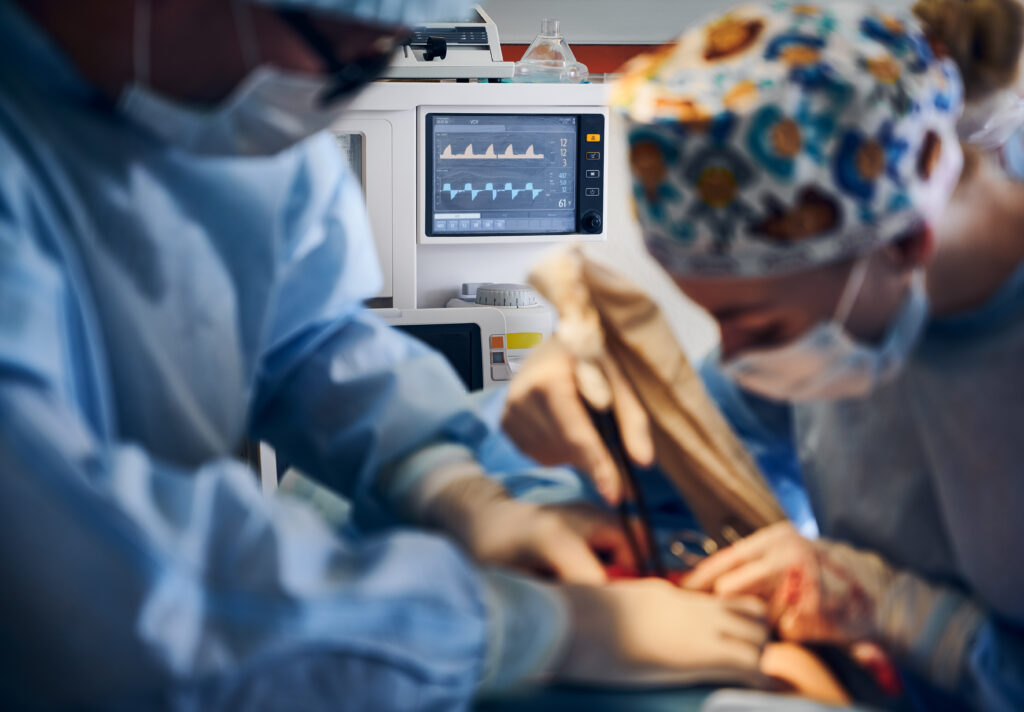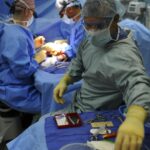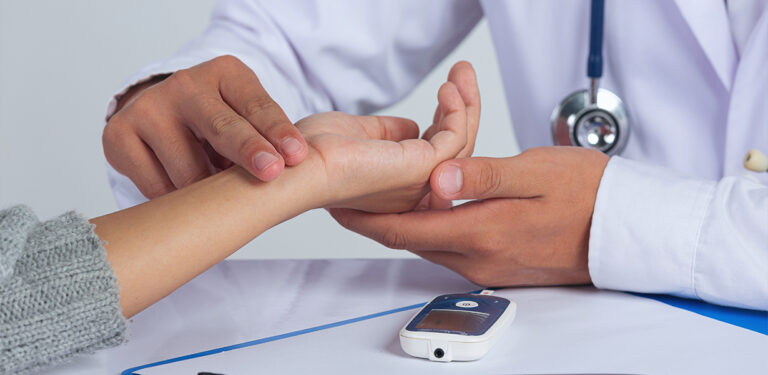Maintaining the health of heart valves ensures smooth functioning of the life-sustaining rhythm and flow of blood. It pumps gallons of blood daily, supplying vital nutrients and oxygen to every cell in our body. Their perfect functioning ensures a seamless blood flow, but when they falter, it can have dire consequences.
However, certain medical conditions can lead to valve damage or malfunction, compromising the heart’s ability to function optimally. Advancements in medical science have made progress in the field of heart valve repair, offering hope and restored vitality to patients in need.
What Is Heart Valve Dysfunction?
The human heart is an extraordinary structure that has systemic functioning. It has four valves – the mitral, aortic, tricuspid, and pulmonary valves. The major function of these valves is to ensure that the blood flows properly and in the correct direction through the heart’s chambers to the rest of the body. Conditions such as valve stenosis or valve regurgitation can occur.
When one or more of these valves malfunction, it can lead to conditions such as valve stenosis (narrowing of the valve) or valve regurgitation (leakage of the valve). These conditions can cause symptoms like shortness of breath, fatigue, chest pain, and, if left untreated, can lead to heart failure or other serious complications.
Understanding Heart Valve Repair Procedures
Traditional Open-Heart Surgery
Open-heart surgery has been the conventional approach for heart valve repair for many years. This procedure involves making a large incision in the chest to access the heart. The surgeon then repairs or replaces the damaged valve. While effective, open-heart surgery comes with significant risks and a lengthy recovery period.
Minimally Invasive Surgery
Minimally invasive surgery is a modern approach that offers numerous advantages over traditional open-heart surgery. These procedures involve smaller incisions, less trauma to the body, and typically a faster recovery time. There are several minimally invasive techniques for heart valve repair:
Transcatheter Aortic Valve Replacement (TAVR)
TAVR is a minimally invasive procedure used primarily for aortic valve stenosis. Instead of opening the chest, the surgeon guides a catheter with a replacement valve through a blood vessel to the heart. The new valve is then positioned within the old, diseased valve. TAVR is especially beneficial for high-risk patients who may not be suitable candidates for open-heart surgery.
MitraClip Procedure
The MitraClip procedure is used to repair the mitral valve without the need for open-heart surgery. A catheter is inserted through a vein in the leg and guided to the heart. The MitraClip is then used to clip the leaflets of the mitral valve together, reducing regurgitation. This procedure is particularly advantageous for patients with severe mitral regurgitation who are not suitable for traditional surgery.
Percutaneous Balloon Valvuloplasty
This procedure is used to treat valve stenosis, particularly in the mitral, aortic, and pulmonary valves. A balloon-tipped catheter is inserted through a blood vessel and guided to the narrowed valve. The balloon is then inflated to widen the valve opening, improving blood flow. While not a permanent solution, it can provide symptomatic relief and improve the quality of life for certain patients.
Robotic-Assisted Valve Repair
Robotic-assisted surgery allows for precise and minimally invasive valve repair. Surgeons use robotic arms controlled by a console to perform the surgery through small incisions. This approach offers enhanced precision, less pain, and quicker recovery times compared to traditional methods.
Benefits of Minimally Invasive Heart Valve Repair
Reduced Trauma and Pain
Minimally invasive procedures typically involve smaller incisions compared to open-heart surgery. This results in less trauma to the chest wall, reduced pain, and a lower risk of complications such as infections or bleeding.
Faster Recovery Times
Patients undergoing minimally invasive heart valve repair often experience significantly faster recovery times. They can usually return to their normal activities within a few weeks, compared to the several months often required after open-heart surgery.
Shorter Hospital Stays
Minimally invasive techniques often result in shorter hospital stays. Patients can typically be discharged within a few days, reducing the risk of hospital-acquired infections and improving overall recovery outcomes.
Lower Risk of Complications
The reduced trauma and quicker recovery times associated with minimally invasive surgery lead to a lower risk of complications, such as infections, blood clots, and respiratory issues.
Improved Cosmetic Outcomes
The smaller incisions used in minimally invasive surgery result in less scarring, which can be an important consideration for many patients.
Recovery After Heart Valve Repair
Immediate Post-Operative Care
After heart valve repair surgery, patients are usually monitored in the intensive care unit (ICU) for the first 24 to 48 hours. During this time, vital signs, heart function, and incision sites are closely watched to ensure there are no immediate complications.
Hospital Stay
The length of the hospital stay varies depending on the type of procedure performed and the patient’s overall health. For minimally invasive procedures, hospital stays are generally shorter, often ranging from a few days to a week.
Pain Management
Pain management is a crucial aspect of post-operative care. Minimally invasive procedures typically result in less post-operative pain compared to open-heart surgery. Pain medications are prescribed to manage discomfort and ensure a smoother recovery process.
Physical Activity
Patients are encouraged to start moving as soon as possible after surgery to prevent complications such as blood clots and pneumonia. Walking and light physical activities are recommended initially, gradually increasing in intensity as the patient’s strength improves. Cardiac rehabilitation programs are often prescribed to help patients regain their strength and improve cardiovascular health.
Follow-Up Care
Regular follow-up appointments are essential to monitor the patient’s recovery and the success of the valve repair. The appointments include physical examinations as well as other diagnostic tests such as echocardiogram which ensures proper heart functioning.
Lifestyle Modifications
Adopting a heart-healthy lifestyle is crucial for long-term success after heart valve repair. A balanced diet, regular exercise, smoking cessation, and managing conditions such as high blood pressure, diabetes, and high cholesterol.
Choose Dr Udgeath Dhir For Premium Cardiac Care
By understanding the available procedures, their benefits, and the recovery process, patients can make informed decisions and work closely with their healthcare providers to achieve the best possible outcomes.Dr. Dhir, the best valve repair surgeon in India, and his team are adept at intricate repair techniques, ensuring minimal disruption to the natural anatomy of the heart. When possible, his team is dedicated to investigating the possibility of repairing a valve since it frequently yields better long-term results.
Significant advancements in cardiac care have improved recovery time and quality of life with effective treatments such as minimally invasive heart valve repair. With these advanced procedures you get multiple benefits such as less trauma, faster recovery and lower recovery process. The future of heart valve repair offers hope while aiming to heal countless individuals worldwide.
Schedule a consultation with Dr. Udgeath Dhir to discuss your condition, explore treatment options, and understand the best approach for your valve replacement or repair surgery.




